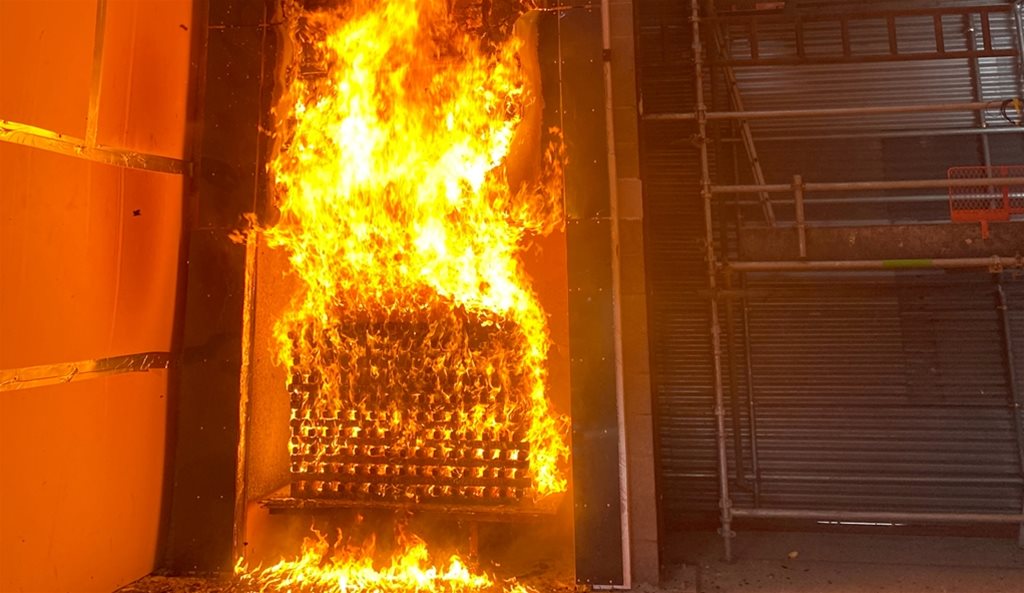Cladding has become one of the most scrutinized elements in building safety over the past decade. Following multiple high-profile fire disasters globally, governments, developers, and building owners are paying close attention to the risks posed by certain cladding materials. In Australia, and particularly in growing urban regions like Brisbane, the need for a proper cladding risk assessment has become a regulatory and safety necessity.
This article explores what a cladding risk assessment involves, why it’s important, and how property owners, builders, and consultants can address it effectively in 2025.
Understanding Cladding and Its Risks
Cladding refers to the layers of material that are attached to the external walls of a building. Its main purposes are insulation, weather resistance, and visual appeal. Common types of cladding include metal, wood, composite panels, and various polymers.
However, not all cladding materials are created equal. Some types, particularly certain aluminum composite panels (ACPs) with a polyethylene core, have been linked to rapid fire spread and toxic smoke generation. These materials became the focus of public concern after major fires in buildings with flammable cladding, such as the Grenfell Tower fire in London.
The concern isn’t just theoretical. Investigations and building audits across Australia have found thousands of buildings with potentially non-compliant or high-risk cladding systems, leading to urgent calls for assessment and rectification.
What Is a Cladding Risk Assessment?
A cladding risk assessment is a detailed investigation of the materials and design of a building’s external wall system, aimed at determining the fire safety risks posed by the cladding.
The process typically involves:
- Identifying the type and composition of the cladding materials
- Reviewing the installation method and whether it complies with building codes
- Assessing the potential for vertical and horizontal fire spread
- Evaluating how the cladding interacts with other elements like insulation, cavities, and fire breaks
- Recommending risk mitigation or removal if hazards are present
In many states across Australia, including Queensland, cladding assessments are now mandated under government-led cladding audit programs for certain classes of buildings. These are often focused on residential buildings of multiple stories, commercial towers, hospitals, and education facilities.
Why Cladding Risk Assessment Is Crucial in 2025
The urgency surrounding cladding risk is not diminishing. In 2025, as new developments continue and older buildings undergo reviews or upgrades, authorities are increasing enforcement of building code compliance related to fire safety. Non-compliant or high-risk cladding is not only a hazard but can also result in fines, insurance complications, or difficulty leasing or selling the property.
For developers and building owners, a comprehensive cladding risk assessment is also a legal and ethical responsibility. Knowing that a façade could rapidly spread fire in a worst-case scenario places an obligation on owners to act.
Insurance providers are also tightening their requirements. Many now require documented proof of cladding assessments before issuing or renewing building coverage, especially in high-density urban areas.
The Assessment Process: What to Expect
A proper cladding risk assessment must be carried out by qualified fire engineers or accredited building professionals.
Here’s what the typical process looks like:
- Site Inspection: Professionals physically inspect the building’s façade, often taking samples of cladding material for lab analysis.
- Documentation Review: They review architectural drawings, building certifications, and previous fire safety reports.
- Material Testing: In some cases, the cladding sample may be sent for combustibility and heat-release testing in specialized labs.
- Fire Risk Modeling: Using software tools, fire engineers may simulate how the cladding system would behave in various fire scenarios.
- Final Report: The findings are compiled into a formal risk assessment report with clear recommendations, which may include remedial action, replacement, or enhancements to existing safety systems.
Possible Outcomes of a Risk Assessment
Not all buildings with cladding are dangerous. Some may be compliant or pose low risk due to effective fire barriers, sprinkler systems, and construction methods. However, if an assessment reveals that the cladding contributes significantly to fire risk, the following actions may be recommended:
- Immediate removal and replacement of the cladding
- Installation of additional fire breaks and barriers
- Enhancements to internal fire protection systems
- Restrictions on building use until risks are addressed
Costs and funding can vary. Some state governments offer funding assistance or loan schemes to help with the remediation process, especially for residential strata buildings.
Looking Forward
With regulatory pressure increasing, 2025 is not the year to ignore cladding. Developers must consider fire performance during design. Owners must stay proactive. And tenants deserve reassurance that their building is safe.
Cladding risk assessments are no longer just a technical checkbox. They’re a key component of responsible property ownership and development.
FAQs – Cladding Risk Assessment
What is cladding?
Cladding is the external material layer attached to a building’s façade, often used for weather resistance, thermal insulation, or aesthetic purposes. It can be made from metal, wood, composite panels, or synthetic materials.
Why is cladding dangerous?
Certain cladding materials, especially those with a polyethylene core, can be highly combustible and contribute to rapid fire spread. Poor installation can also compromise fire safety, even if the material is low-risk.
Who needs to do a cladding risk assessment?
In Australia, multi-story residential, commercial, and public buildings may be required by law to undergo a cladding risk assessment. Even if not mandatory, it’s recommended for any building with unknown or outdated external cladding.
How long does a cladding risk assessment take?
Depending on the building’s size and complexity, the process may take from a few days to several weeks. Lab testing and fire modeling may extend the timeline further.
Is it expensive to replace unsafe cladding?
Costs vary widely depending on building size and design. Government financial assistance or loan schemes may be available in some states for affected buildings.
Can I sell or insure a building with high-risk cladding?
It’s becoming increasingly difficult. Many insurers require evidence of a completed cladding risk assessment and risk mitigation. Potential buyers may also request this documentation during due diligence.



